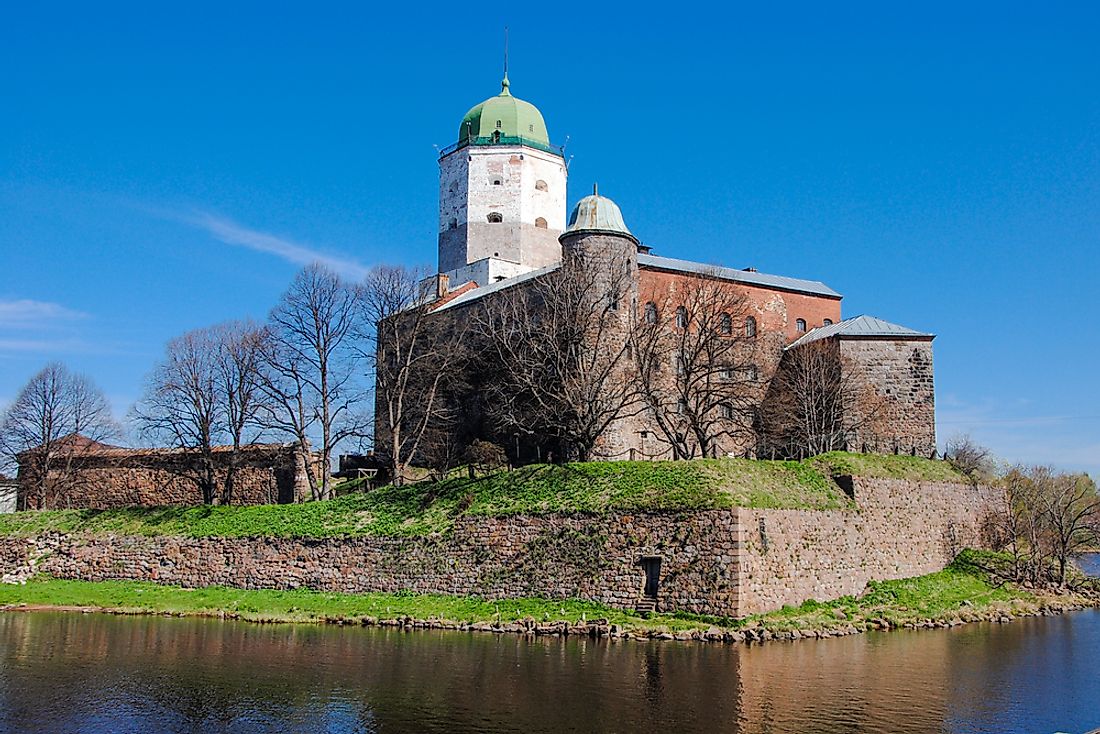What Were The Northern Wars?

The Northern Wars were a series of wars fought across Europe in the sixteenth and seventeenth centuries. The wars involved major European dynasties of Northern and Northeastern Europe. Durign the period, the region became one of the most militarized parts of Europe. The Northern Wars played a significant role in the formation of modern European states.
7. Russo-Swedish War (1554–1557)
The Russo-Swedish War of 1554-57 was sparked by a border dispute between Sweden and Russia. Tension had been building between Russia and Sweden and reached a critical point when Russian king refused to recognize the Swedish king as his equal and could therefore not engage in any negotiation with him. The Swedes sparked the war when they invaded the Pechanga dynasty prompting a response from the Russians. The two powers engaged in a non-ending series of conflicts until March 1557 when a peace treaty was signed.
6. Livonian War (1558–1583)
The Livonian war was fought from 1158-1583. It featured the Russian empire against a collision of the kingdom of Norway, Denmark–Norway, Kingdom of Poland, and the Grand Duchy of Lithuania. The bone of Contention was the control of the town of Old Livonia in present-day Latvia and Estonia. The Russian empire laid a siege of on the town and took control. The Russians dissolved the Livonian Confederation prompting a Poland–Lithuania military response. Sweden, Denmark, Norway and Estonia later joined the war. Russia was defeated by the coalition and the war brought to an end by the truces of Jam Zapolski and Plussa.
5. Northern Seven Years' War (1562–1570)
The Northern Seven Years' War was fought by the Kingdom of Sweden against a coalition of Poland, Lübeck, and Denmark–Norway. The war was fought between 1563-1570. King Eric of Sweden had dissolved the Kalmar Union that was under the dominance of Denmark prompting a response from King Frederick II of Denmark. The two armies engaged in a conflict that saw the entry of Poland and Lübeck. In September 1570 a peace meeting was held in Stettin, and on 13 December 1570, the Treaty of Stettin was signed bringing the war to an end.
4. Thirteen Years' War (1654–1667)
The Russo-Polish war was fought between 1654-67. It is sometimes known as the War for Ukraine or the Thirteen Years' War. The war pitted the Tsardom of Russia against the Commonwealth of Polish-Lithuanian. The Commonwealth initially faced massive defeat, but strategic and tactical military changes allowed it to regain lost ground and ended up winning most of the battles. The war proved to be economically costly for the Commonwealth, and the inability to maintain the funding forced it to sign a truce. The war left Russia with significant territorial gains.
3. Second Northern War (1655–1660)
The Second Northern War or the Little Northern War was a series of wars fought between 1655-60. In five years Sweden engaged in armed conflict against the Polish–Lithuanian Commonwealth, Russia, Brandenburg-Prussia, Habsburg Monarchy, Denmark–Norway, and on several accounts the Dutch intervened against the Swedes. The war was fueled by Charles X Gustav of Sweden and his ambitions to expand the Swedish territory. His planed involved conquering land conquered by his nemesis. The Death of King Charles forced the Swedes to sign the Treaty of Oliva on 23 April 1660.
2. Scanian War (1674–1679)
The Scanian War was fought between 1774-79. It pitted Sweden against Denmark–Norway, and Brandenburg. The war began when Sweden allied with France in fighting other European states. The territories attacked by France sought the support of Denmark–Norway. King Christian V of Denmark–Norway launched an attack against Sweden. The Danish aimed at retrieving the land ceded to Sweden under the Treaty of Roskilde. Although the initial assault was successful, the counter-offensive by Sweden pushed the Danish back to their territory. The Swedes lost the naval war but won the ground wars. The French signed a peace treaty forcing the Swedes to halt their attacks.
1. Great Northern War (1700–1721)
The Great Northern War was the last of the Northern Wars. It was fought between 1700 and 1721. The war pitted the Tsardom of Russia against the Swedish Empire in eastern, central, and northern Europe. Russia sought to challenge the supremacy of Sweden in Eastern Europe. A collision of Poland, Russia, Saxony, and Denmark– Norway sparked the war when it decided to invade Sweden and oust Charles XII. Sweden fought on several fronts winning some battles and losing some. Eventually, Sweden lost the war and Russia emerged as the superpower.











